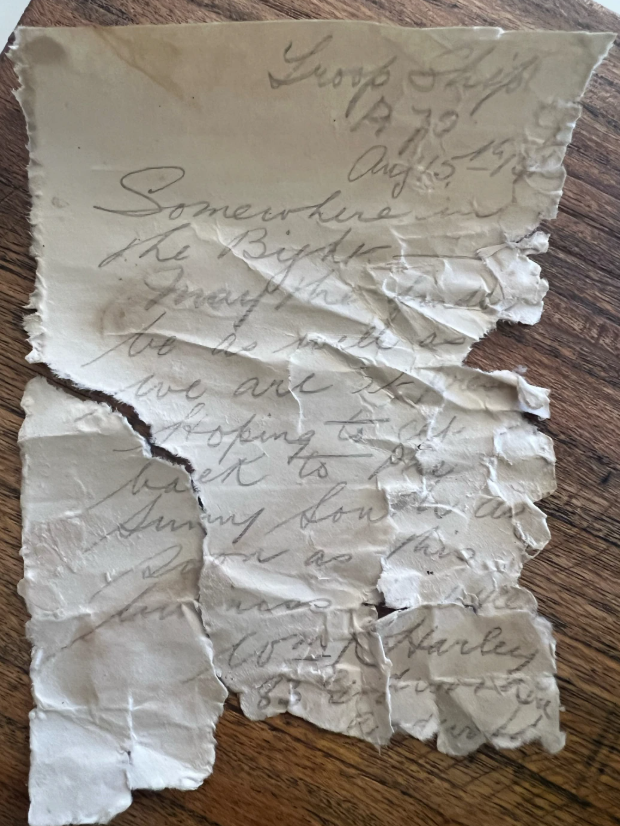Notes
mollusk; 軟体動物;
bivalve; 二枚貝;
parasite; 寄生生物;
microscope; 顕微鏡;
species; 種(しゅ);
biodiversity; 生物多様性;
******************************************
Scientists recently discovered 14 new deep-sea species through the Ocean Species Discoveries project. These creatures live in waters deeper than 6,000 meters! Among them are a record-breaking mollusk, a meat-eating clam, and a parasite that looks like popcorn. The project uses high-tech tools like microscopes and 3D scans to describe species more quickly and accurately. This is important because many sea animals may disappear before scientists even know they exist. The new system helps researchers around the world share data and speed up the naming process. One species was even named to honor a woman who supported early science in the 1700s. These discoveries show how teamwork and technology can help us understand and protect life in the mysterious deep sea.
科学者たちは「オーシャン・スピーシーズ・ディスカバリーズ」というプロジェクトで、深さ6,000メートル以上の海から14種類の新しい生物を発見しました。その中には、記録的に深い場所にいた軟体動物、肉を食べる二枚貝、そしてポップコーンのような寄生生物もいます。研究チームは顕微鏡や3Dスキャンなどの最新技術を使い、より速く正確に新種を記録しています。多くの海の生物は、人間の影響で絶滅する前に知られないまま消えてしまうため、この仕組みはとても大切です。さらに、18世紀の科学支援者にちなんで名付けられた種もあります。この研究は、世界中の協力とテクノロジーが深海の生命を理解し守る手助けになることを示しています。
******************************************

Image from https://www.sciencedaily.com/
